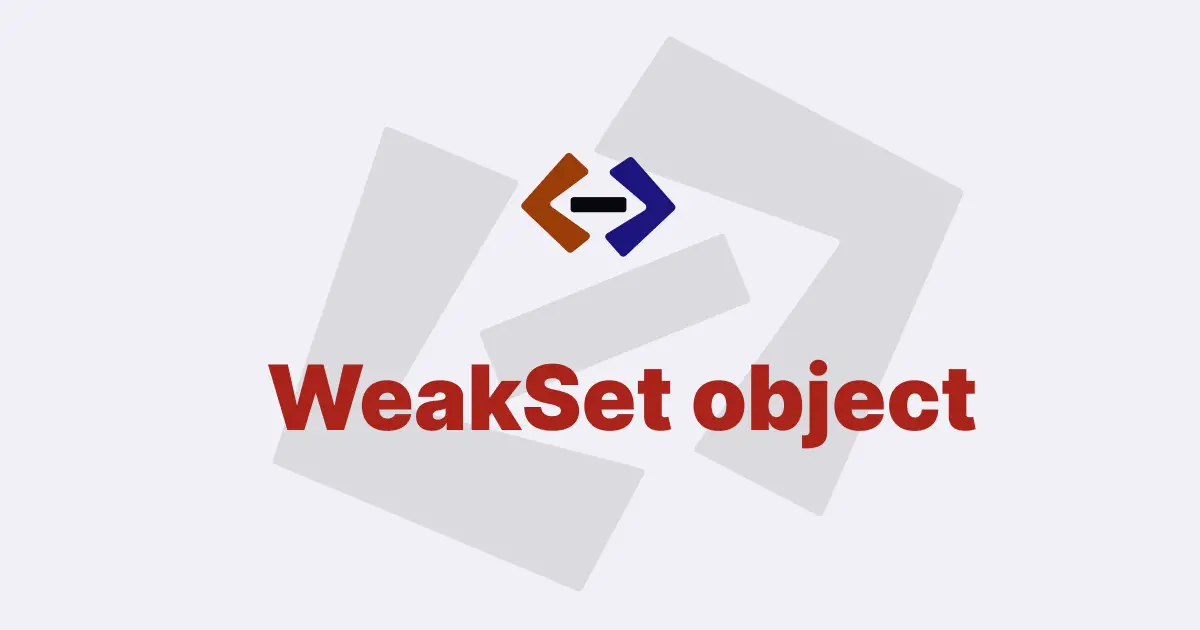A WeakMap object is a built-in object in JavaScript that allows developers to store key-value pairs in a way that allows for the keys to be weakly referenced.
This means that if there are no other references to a key in memory, it will be automatically removed from the WeakMap.
This is useful in situations where you want to associate data with an object, but you don’t want to keep the object alive in memory just to keep the data associated with it.
Here’s an example of how to create a WeakMap object in JavaScript:
const myWeakMap = new WeakMap();To add a key-value pair to a WeakMap, you can use the set method:
const keyObject = {};
const valueObject = {};
myWeakMap.set(keyObject, valueObject);In this example, we’ve created two empty objects, keyObject and valueObject, and added them to myWeakMap using the set method. Now, myWeakMap contains a single key-value pair, where the key is keyObject and the value is valueObject.
To retrieve the value associated with a key in a WeakMap, you can use the get method:
const retrievedValue = myWeakMap.get(keyObject);
console.log(retrievedValue); // Output: {}In this example, we’re retrieving the value associated with keyObject in myWeakMap using the get method. The value we get back is valueObject.
One important thing to note about WeakMap objects is that you cannot iterate over them like you can with regular Maps. This is because the keys in a WeakMap are weakly referenced, which means that there’s no guarantee that all the keys will still be in memory by the time you try to iterate over them.
Here’s an example of how to use a WeakMap object to associate data with an object in a way that allows the object to be garbage collected when it’s no longer needed:
const myWeakMap = new WeakMap();
class MyClass {
constructor() {
myWeakMap.set(this, {});
}
doSomething() {
const data = myWeakMap.get(this);
// Do something with the data...
}
}
let myInstance = new MyClass();
myInstance.doSomething();
myInstance = null; // This will allow the MyClass instance to be garbage collectedIn this example, we’re creating a WeakMap called myWeakMap, and using it to associate an empty object with instances of the MyClass class. In the MyClass constructor, we call myWeakMap.set(this, {}) to associate an empty object with the current instance of MyClass. Then, in the doSomething method, we retrieve the data associated with the current instance using myWeakMap.get(this).
Finally, we create an instance of MyClass called myInstance, call its doSomething method, and then set myInstance to null. This allows the myInstance object to be garbage collected, and since there are no other references to the object or the data associated with it, the data will also be removed from the WeakMap.
Thank you for reading, and let’s have conversation with each other
Thank you for reading my article. Let’s have conversation on Twitter and LinkedIn by connecting.
